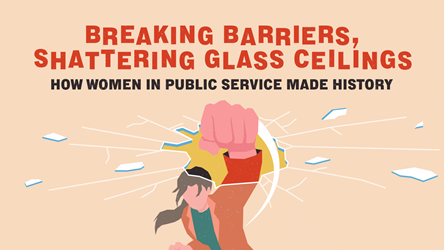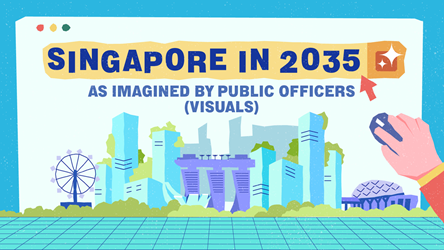Looking for Answers? Try Looking Elsewhere!
Why chromosomes are like shoelaces

But, according to Dr Oliver Dreesen, just like our shoelaces, the ends of our chromosomes are also capped by protective repetitive DNA sequences called telomeres which are very significant.
Telomeres are involved in many cellular processes and play a critical role in human disease and ageing. Humans are made up of many cells and when our cells divide, the telomeres get shorter.
In Trypanosoma brucei, a deadly parasite that causes African sleeping sickness, telomeres play a fascinating role in enabling the parasite to persist in its host. This parasite outwits the host immune system by frequently changing its surface coat in a process called antigenic variation. Intriguingly, the genes that encode the surface coat are located at the telomeres.
Dr Dreesen’s research demonstrated that telomeres play an important role in regulating the frequency of antigenic variation: parasites with short telomeres switch more rapidly than parasites with long telomeres.
Thus, in this parasite, telomeres play a rather unexpected role in sustaining the infection and ultimately killing their host. Understanding how antigenic switching is regulated and initiated is important: if the frequency of switching is reduced, the immune system could catch up and clear the infection.
These findings might have important implications for other parasites that evade the host immune system by antigenic variation.

Dr Oliver Dreesen received his PhD from Rockefeller University, USA, where he studied telomerase and telomeres in Trypanosoma brucei, a type of parasite that causes African sleeping sickness.
Seeing is not believing
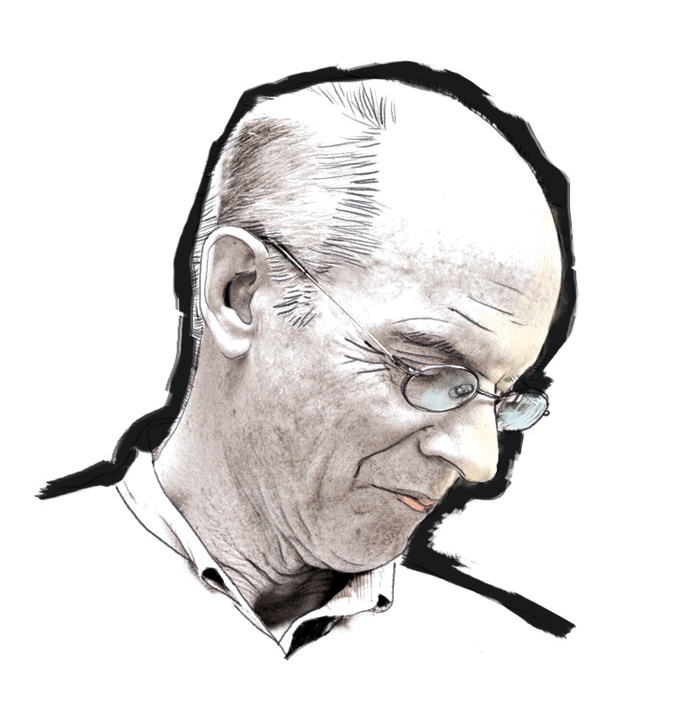
For example, a coloured patch (that reflects the same amount of light measured by a photometer like the one in a digital camera) would look very different to the eye in different contexts, such as backgrounds with different luminance values.
This strange relationship between what we see and the physical world has come about because sense organs such as the retina in the human eye do not act like a photometer; they do not (and indeed cannot) give us access to physical reality. As a result, what we see is a world quite different from the real one, because of the way human sight has evolved over time.
These sorts of observations imply that vision is not based on analysing the features of images, but on connections of cells (neurons) that link patterns of light on the retina to behaviours that have worked in the past. Thus, what we see always provides “more than meets the eye”.

Professor Dale Purves received his B.A. from Yale University in 1960 and an M.D. from the Harvard Medical School. He is also professor in the Department of Neurobiology and the Center for Cognitive Neuroscience at Duke University. Find out more: www.purveslab.net
Using failures to predict the future
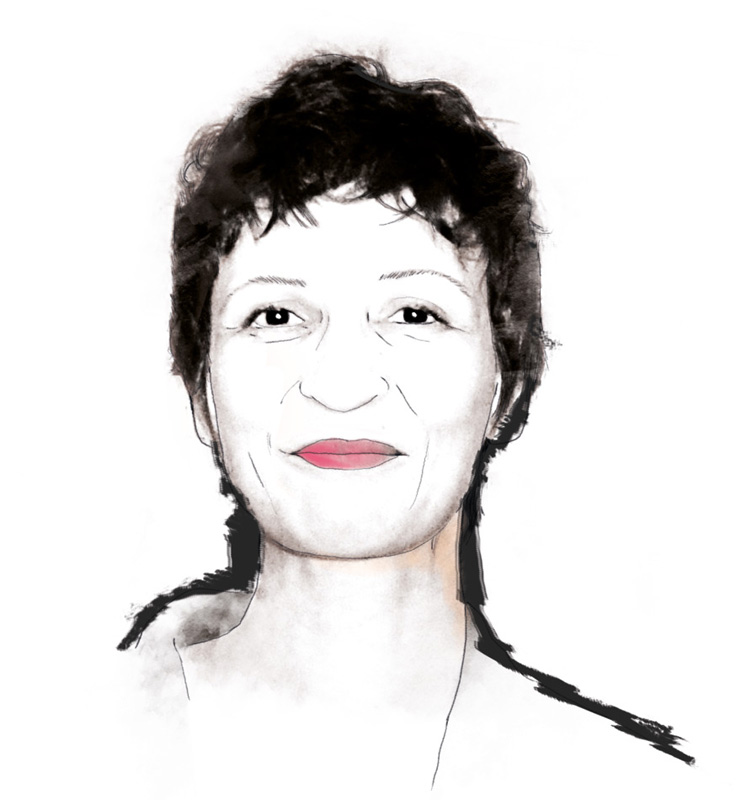
Why is it that when we fail, we tend to give up even without wanting to try again? The simple reason: no one likes to be associated with the word FAIL.
But for Dr Isabelle Desjeux, failures could help predict how science would look like in the future. With this in mind, the former scientist has taken artistic means (such as the use of ‘Pataphysics’, the science of imaginary solutions) to study and try to make sense of failure patterns.
Scientists go through different types of failures. Through that process, they either reject or throw away data they do not need. She wonders how all the rejected data can be turned into success.
One such success story is of Sir Paul Lauterbur who came up with Magnetic Resonance Imaging (MRI) in the ‘70s. Believe it or not, his first paper was rejected and it took him a while to be accepted and to win the Nobel Prize.
The message behind this: what has failed before might succeed later, and failure is an inevitable part of the scientific process and progress. Science aside, just imagine if we all studied our rejected ideas, we would better understand how and why we failed.

Dr Isabelle Desjeux received her PhD in Molecular Biology from Edinburgh University, UK. She is also the founder and director of Isadora’s Workshop, an art workshop for children and adults. She is currently studying in Lasalle College of the Arts and this presentation is the result of her research towards attaining her Masters in Arts (Fine Arts). Find out more: www.isabelledesjeux.com
Try starting at the bottom

Most people think you need a lot of capital to start a business but actually, sometimes all it takes is a big idea. This is what got Jack Sim started.
His big idea: to ensure there were proper toilets worldwide. Mr Sim has since worked on sanitation projects in India, Indonesia, China and other countries.
Companies starting a new business usually target potential customers in the middle or upper class. Mr Sim begs to differ.
Studies done on the “bottom of the pyramid” by the late Michigan University Professor C. K. Prahalad in 1998 suggested that businesses should stop thinking of the poor as victims and instead see them as creative entrepreneurs and value-demanding consumers.
Similarly, Mr Sim believes the poor can offer good business opportunities. “If companies are able to design low-cost toilets, then they have 2.6 billion customers waiting to buy these toilets.” So, instead of always focusing one way, try to change your perception and look in a different direction.

Mr Jack Sim was named by TIME Magazine as Hero of the Environment 2008.
City life in the countryside
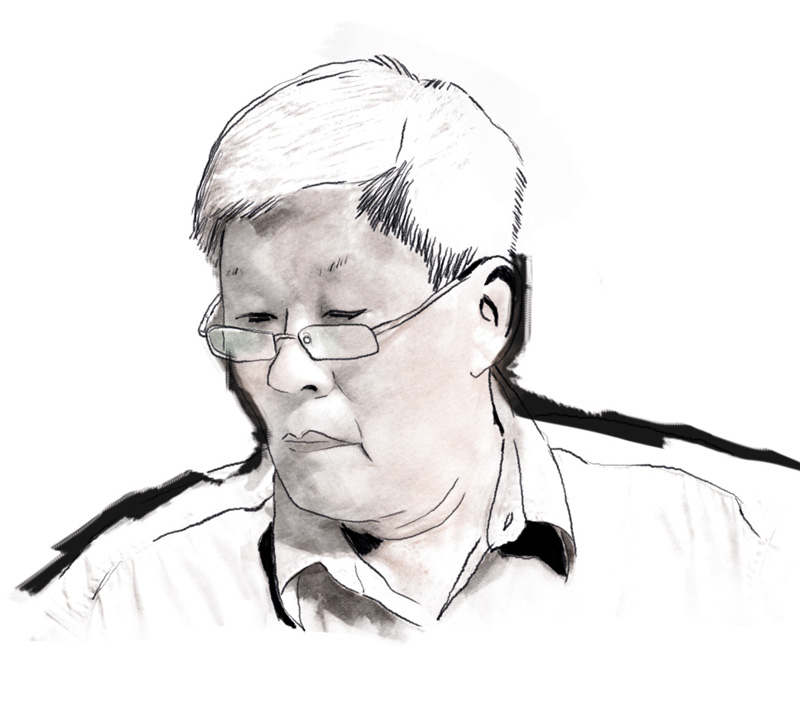
Our grandparents tell stories about village life and how different cities have become. Well, such nostalgia could soon become history – with Mr Tay Kheng Soon’s good idea of Rubanisation.
Rubanisation is a re-conceptualisation of human settlements in which the city and the countryside are considered as one space, not two separate realms. This integration allows for a traditional yet modern lifestyle, using plus points from both rural and urban lifestyles.
An example is a school Mr Tay built in Lam Plai Mat, a district in northeastern Thailand, that was made of preserved bamboo but had Internet access for the students.
Rubanisation might solve a lot of the problems in the world today. Slums in city outskirts would decrease as fewer people flock to cities looking for employment; villages would receive more attention and be developed. Villagers would be more educated and get the same opportunities as city dwellers.
This idea will benefit future generations, as they can live in a city and a village at the same time. Sri Lanka, where Mr Tay is working on a Rubanisation project, may be the next beneficiary.

Mr Tay Kheng Soon is Principal Partner of Akitek Tenggara. He is also an Adjunct Professor of Architecture at the National University of Singapore.
MEET TED
TED is a small non-profit foundation devoted to ideas worth spreading. It started out in 1984 in America as a conference bringing together people from three worlds: Technology, Entertainment, and Design. Speakers have a maximum of 18 minutes to share their ideas in the most innovative and attractive way through TED Talks. TED’s current curator is the former British computer journalist and magazine publisher Chris Anderson.
TEDx is a new programme that enables schools, businesses, libraries, neighbourhoods or groups of friends to organise, design and host their own independent TED-like events. www.ted.com
- POSTED ON
Nov 4, 2010
- TEXT BY
Shaistah Munawar





